|
Found in meadows and disturbed soil
Seen blooming in June by Hwy 84 in Abiquiu From a distance Yellow Salsify looks like a very tall, large-headed, dandelion. It grows to 3 feet tall with grass-like leaves and a hollow stem which oozes a milky sap when broken. The showy flower head can be over 2 inches across with long, narrow bracts extending beyond the petals. Flowers open early in the day and close by early afternoon and may not open at all during cloudy or rainy days. It produces a seed head like a dandelion that can be 4 inches across. For centuries it has been used as both an edible and medicinal plant. It has been used for sore throats, tonsillitis, whooping cough, nosebleeds, urinary tract infections and lung issues. Also, it is said to lower blood pressure, stimulate hair growth, increase circulation, improve bone density, improve digestion and boost immunity. All parts of the plant are edible and are best eaten when young. The flowers and leaves can be added to soups or salads and the stems eaten like asparagus. The root can be eaten raw or cooked but should be cleaned well and the skin scraped off. Natives Americans chewed the coagulated milky sap like gum. Source. If you are trying to identify a different flower then you can check what other flowers bloom this month. If you cannot identify a flower from the website send a photo and where you took it to contact@rockymountainsflora.com. Read online for tips.
0 Comments
Found on dry slopes, along roadsides
Seen blooming in June near MM 209 by Hwy 84 in Abiquiu Wild Rose grows in thickets to several feet high with numerous prickly stems. The showy flowers can range from pale pink to deep rose and have a delightful, delicate scent. The fruits of the Wild Rose are known as rose hips and are edible after several frosts. The hips are a good source of vitamin C and are consumed by birds, bears, and other animals, as well as humans. Wild Rose has been heavily used for food and a variety of other purposes by Native Americans The hips can be made into jam, jelly, syrup and tea. The roots make an orange dye. A poultice of various plant parts may be used for burns, boils, sores, cuts, bee-stings and wounds. A decoction of the roots was used to treat diarrhea. Branches were used to sweep out the grave before the corpse was lowered into it to prevent someone else's spirit from being buried with the dead person. Branches were also boiled in water and used to soak fishing lines and nets to obtain good luck. There is much more. Source. If you are trying to identify a different flower then you can check what other flowers bloom this month. If you cannot identify a flower from the website send a photo and where you took it to contact@rockymountainsflora.com. Read online for tips. Found in dry areas, roadsides, grassy slopes
Seen blooming in May at Abiquiu Lake The roadsides up at the Lake were bright with masses of Chocolate Flowers and Perky Sue until the USACE mower came along, but some can still be seen that were out of the mower’s reach and the others should come back. They grow to two feet tall, erect or leaning, with lobed, toothed leaves that are lyre-shaped. Flowers are bright yellow with a maroon disk of stamens that smell like unsweetened chocolate. The petals have red veins underneath, the bracts below the petals are large and petal like. They open in the morning and droop in the heat of the day. Native Americans used the Chocolate Flower to alleviate stomach problems. There are claims that the smoke from dried, burned roots will calm a nervous condition and in some cultures, inspire courage. Source. If you are trying to identify a different flower then you can check what other flowers bloom this month. If you cannot identify a flower from the website send a photo and where you took it to contact@rockymountainsflora.com. Read online for tips. Found in dry meadows, slopes, sagebrush
Seen blooming in May in Red Wash Canyon Thanks to the moisture this year there is a profusion of these beautiful, exotic-looking lilies in bloom in the canyon. Its scientific name means “beautiful herb”. It grows 6 to 18 inches tall with one to four flowers. Leaves are narrow and folded, grass-like. The flowers are 2 inches across and tulip-like with white petals tinged with lilac and a bright yellow base. Inside the flower there is a purple/maroon band around a fringe of yellow hairs and anthers. Sego Lily has been used as dried food, candy and as food for winter by Native Americans who introduced it to the Mormons which kept them alive and thus it became the Utah state flower. The bulbs were dried and preserved for winter use, eaten raw, roasted, peeled and then eaten, and the flower was used ceremonially. Source. If you're trying to identify a different flower, then you can check what other flowers bloom this month. If you cannot identify a flower from the website send a photo and where you took it to contact@rockymountainsflora.com. Read online for tips. Found in dry, sandy, rocky areas
Seen blooming in May in Plaza Blanca There is an abundance of wildflowers in bloom at the moment and it was difficult to decide which to showcase this week. There are masses of bright orange globemallows and bright yellow four-nerved daisies since the recent rains so I chose a less showy but interesting plant, also abundant but easily overlooked. This onion grows to 8 inches high in colonies from bulbs buried up to 6 inches deep. Leaves are slender and grass-like and extend beyond the flower stems. Bell-shaped flowers grow in rounded clusters about 1 inch across. The flowers are about ½ inch long and have 6 white or pinkish petals with a reddish-purplish stripe. The wild onions are in the same family as garlic, shallots, leeks and chives. Leaves, flowers, and bulbs can be eaten fresh, the bulbs cooked with other food, or stored for winter use. Juice of the plant is used as a moth repellent. The whole plant will repel many insects and is said to deter moles. The onion has a long tradition of medicinal uses for a wide variety of conditions covering everything from teething babies to snakebite cures. Source. If you are trying to identify a different flower then you can check what other flowers bloom this month. If you cannot identify a flower from the website send a photo and where you took it to contact@rockymountainsflora.com. Read online for tips. |
AuthorI am Marilyn Phillips, a native of England, whose love of nature and the outdoors from childhood brought me by a circuitous route to Crested Butte, Colorado in 1993 and 16 years later to northern New Mexico. My exploration of the many trails in these areas, my interest in wildflowers and photography, and career in computer system design came together in this creation. If you have any corrections, comments or questions, please contact me by email. Archives
September 2024
Categoriescopyright © 2020
|

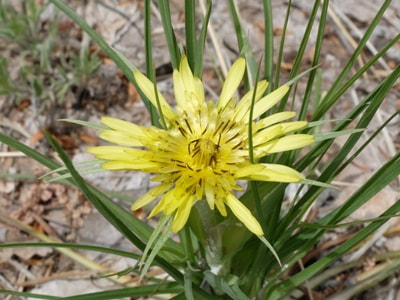
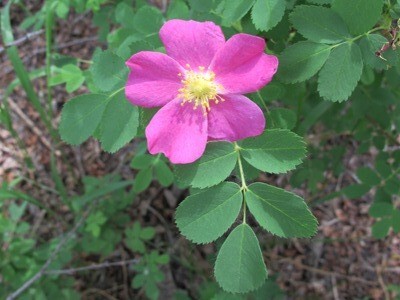
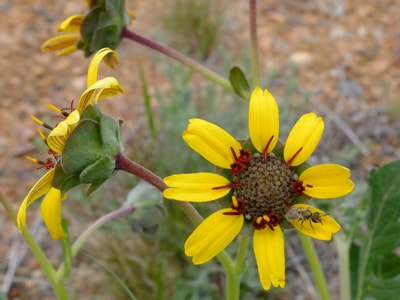
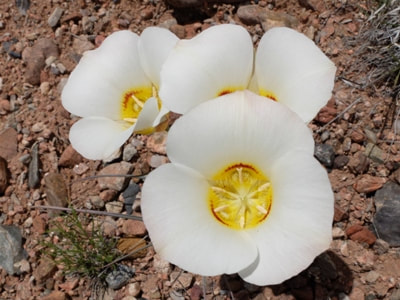
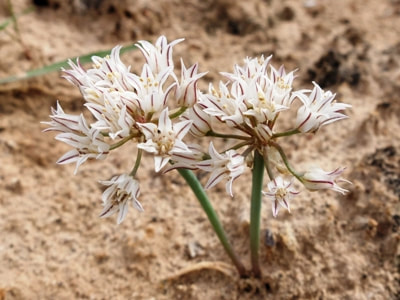

 RSS Feed
RSS Feed